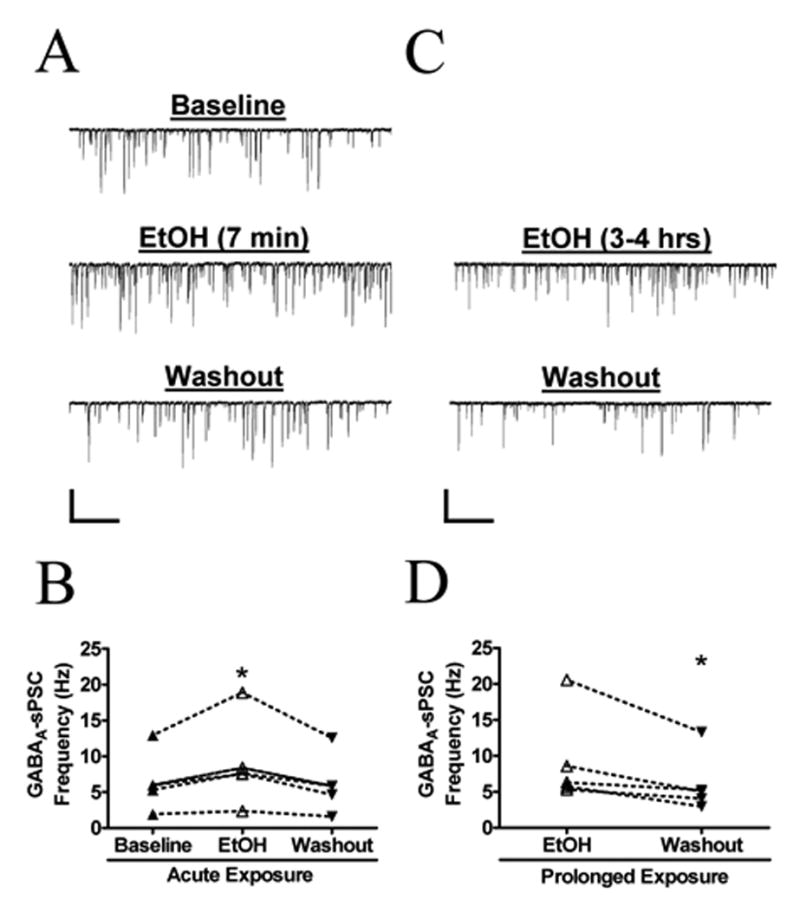Fig. 3. Prolonged EtOH Exposure Results in a Sustained Increase in Action Potential-Dependent GABAA-sPSCs.

(A) Sample trace demonstrating the reversible increase in GABAA-sPSC frequency during acute, 7-minute, application of 50 mM EtOH to neonatal CA3 pyramidal neurons. (B) Summary of the effect of acute ETOH exposure on GABAA-sPSC frequency (n = 5). *p < 0.05 by repeated measures ANOVA followed by Tukey’s posthoc test. (C) Sample recording demonstrating the decrease in GABAA-sPSC frequency following washout from prolonged (3 to 4 hr) exposure to EtOH (50 mM). Scale bar for both traces = 200 pA/2 s. (D) Summary of the effect prolonged EtOH exposure on GABAA-sPSC frequency (n = 5). The percent change in GDP frequency between acute-ETOH and prolonged-EtOH slices was not statistically different by unpaired t-test (36 ± 5 % vs. 54 ± 13 %). *p < 0.05 by paired t-test.
